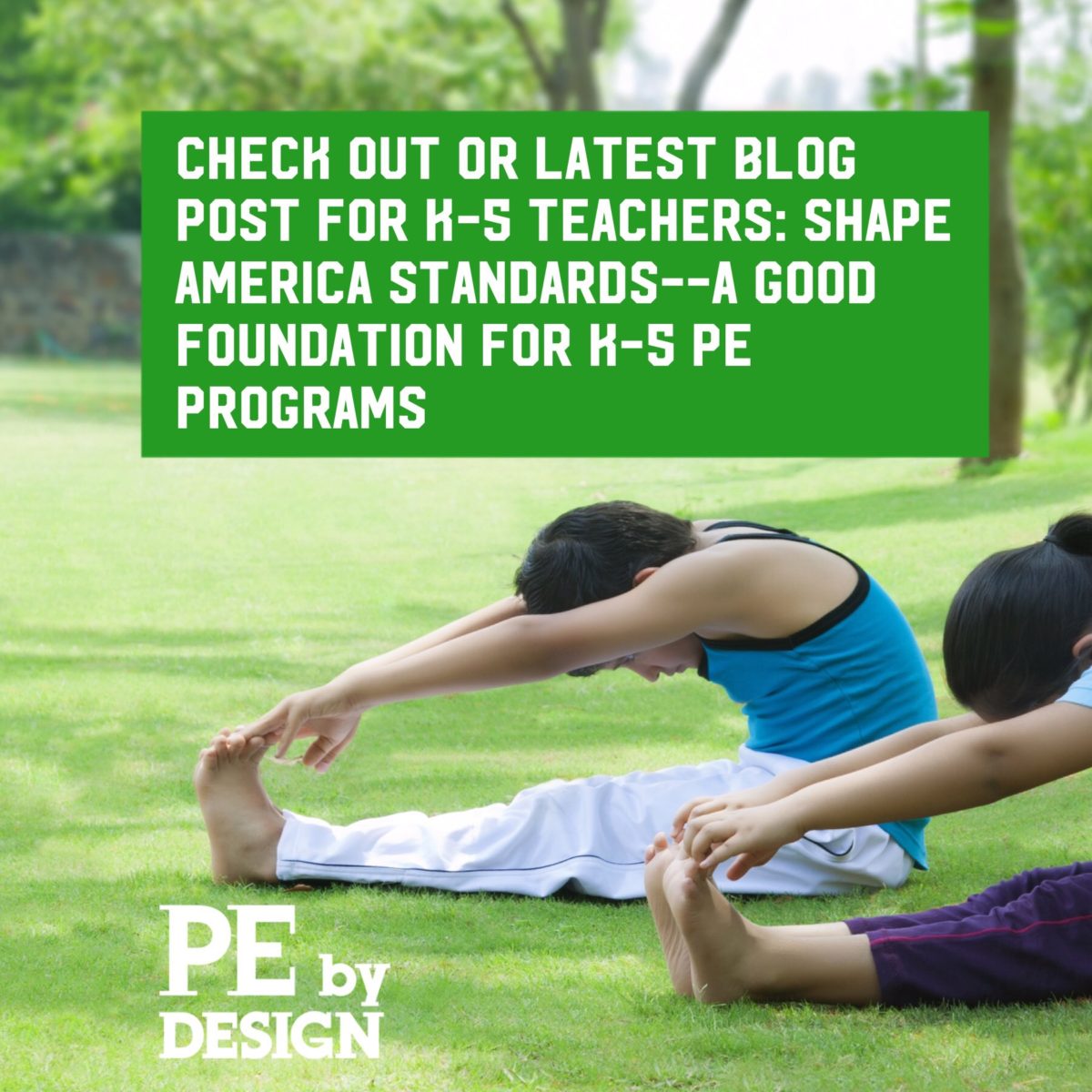I have spent a lot of time looking through the physical education content standards from my home state, California. These standards focus on three categories of physical development in the various grade levels:
- Improved aerobic capacity
- Improved muscular strength
- Increased flexibility
Curiously, I have yet to find a set of state standards that mentions bone-strength development.
Bone strengthening does appear, however, in the official fitness guidelines issued by the Centers for Disease Control and Prevention (CDC), a branch of the Federal Department of Health and Human Services. The CDC’s recommendations for children’s exercise include three categories of emphasis:
- Aerobic Activity
- Muscle Strengthening
- Bone Strengthening
Building bone strength is an important benefit of exercise for children. When children engage in movements in which their feet strike the ground, the impact stresses the leg. Over time, this stress causes the bones of the legs to thicken and strengthen. Two great exercises that help build bone strength are running and jumping rope.
Although state PE standards fail to mention bone strengthening, K–5 classroom teachers should remember this “hidden” benefit as they encourage children to exercise. Share information about building bone strength with your students to give them a deeper understanding of why physical activity is good.
Most of the activities in the PE by Design program feature running exercises that improve bone strength. To purchase the PE by Design book, click here.



